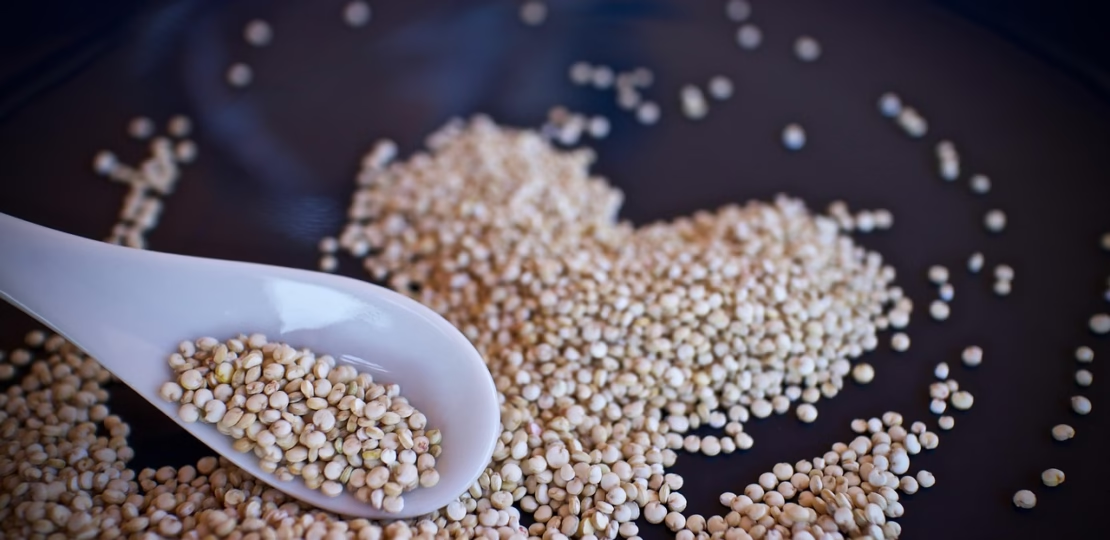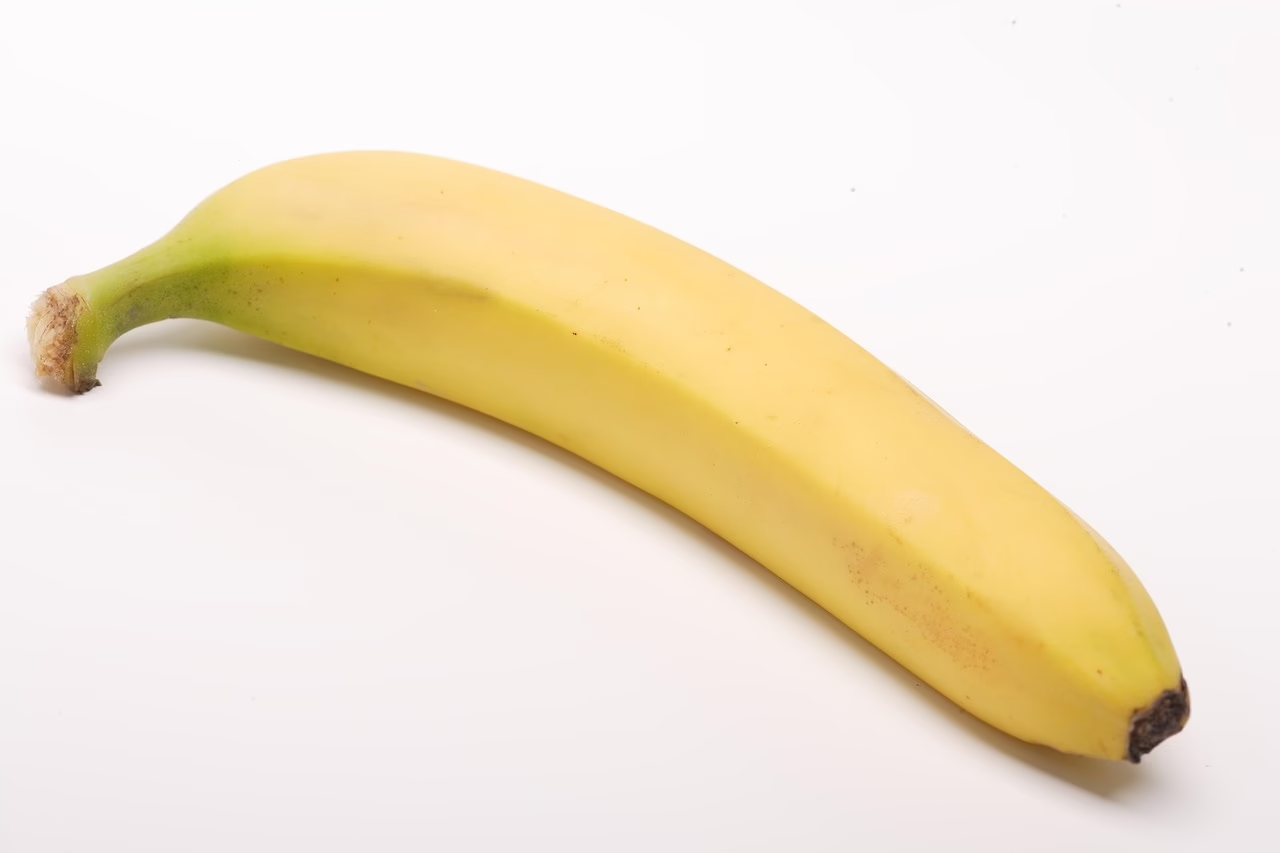Low-Fat Vegan ‘Acid-Busting’ Diet Sheds 13 Pounds in 16 Week
June 28, 2025 | by Rachel Bloom

Gentle Weight-Loss:
The Low-Fat Vegan “Acid-Busting” Reset
by Dr. Rachel Bloom — holistic wellness researcher, curious cook, and lover of leafy greens
Last autumn, I met Maya, a 46-year-old yoga teacher who felt betrayed by her own body. Despite mindful movement and heartfelt meditation, stubborn weight gain and a dull, aching fatigue had crept in. “My plate looks healthy,” she whispered, “but something is off inside.”
Maya’s story echoes what new research is unpacking: the chemistry of our meals can quietly nudge inflammation and weight in either direction. A fresh clinical trial from the Physicians Committee for Responsible Medicine explored this inner chemistry through an “acid-busting” lens. Participants who embraced a low-fat vegan diet for 16 weeks lost an average of 13 pounds—significantly more than when the same individuals followed a classic Mediterranean approach.1
What Exactly Is “Dietary Acid Load”?
Our kidneys continually balance acids and bases to keep blood pH in a narrow, life-protective range. Certain foods leave acidic or alkaline “ash” once metabolized. Frequent servings of meat, cheese, eggs, and refined oils tip the scale toward acidity, while vegetables, fruits, legumes, and intact grains lean alkaline.
Scientists quantify this balance with tools such as Potential Renal Acid Load (PRAL) and Net Endogenous Acid Production (NEAP). In the 2025 crossover study, both scores dropped markedly on the vegan plan, but stayed flat on the Mediterranean diet.2 The larger the acid-load drop, the more pounds melted away—even when calories weren’t consciously restricted.
Why Might an Alkaline-Leaning Diet Support Weight Loss?
- Calmer inflammation. Chronic, low-grade inflammation can blunt metabolic rate and promote fat storage. Lower acid load correlates with reduced inflammatory markers.3
- Improved insulin action. Less acidity in muscle and liver cells appears to enhance insulin sensitivity, steering fuel into cells instead of fat stores.4
- Natural calorie dilution. Plants provide fiber-rich volume with fewer calories, triggering satiety before overeating becomes easy.
- Gut microbiome support. Alkaline-favoring foods feed diverse gut bacteria that produce short-chain fatty acids—metabolites linked to healthy weight regulation.
The Everyday Plate: Acidic vs. Alkaline-Leaning Foods
Think of the plate as a color palette. Foods that grow from soil, bathed in sunlight, generally paint alkaline brushstrokes; those tied to animal proteins and concentrated fats load the acidic side.
- Alkaline allies: kale, spinach, beet greens, cucumbers, broccoli, berries, citrus, lentils, chickpeas, black beans, quinoa, millet, sweet potatoes, herbs.
- Acid-heavy drivers: beef, chicken, fish, eggs, cheese, butter, processed meats, refined vegetable oils, sugary sodas.
Notice that nuts and seeds sit in the middle. I encourage modest handfuls for their minerals and healthy fats.
A warm mug of lemon-ginger water, followed by a bowl of steel-cut oats cooked with cinnamon, blueberries, and a swirl of date-sweetened soy milk. My body wakes up alkaline, hydrated, and pleasantly grounded.
Integrating the Study into Real Life
Research offers direction, not dogma. Here are gentle, practical ways to let the science guide you:
- Color rule: Aim for at least four colors of produce on your plate by dinnertime. Colors usually equal phytonutrients that calm acidity.
- Oil-lite rather than oil-free: Sauté with a tablespoon of vegetable broth or water, then drizzle a teaspoon of extra-virgin olive oil after cooking if desired. The study kept added fats low to maximize benefits.
- Plantify a favorite dish weekly. Chili? Swap beef for red lentils. Alfredo? Blend cauliflower, cashews, and garlic for creamy comfort without dairy.
- Mindful chewing & breathing. Stress itself tilts the body acidic; slow meals and five deep breaths before eating gently nudge pH back toward balance.
When Weight Isn’t the Only Goal
Participants also lowered fat stored inside the liver and muscle cells and improved post-meal calorie burn in earlier versions of this low-fat vegan protocol.5 That translates to steadier energy, clearer thinking, and healthier blood sugar lines for many.
Maya found her own rhythm: three months after embracing a colorful, low-fat vegan approach, she shared that “the heavy feeling lifted.” She shed 11 pounds, but more importantly, her afternoon energy dips vanished. Seeing her radiate on the yoga mat reminds me why data need heart to become healing.
A Compassionate Caution
Our bodies carry unique stories. If you live with chronic illness, are pregnant, or have a history of disordered eating, personalize any dietary shift with a qualified clinician. And remember: alkalinity isn’t about rigid pH test strips or fear of all acids—it’s about tipping the balance toward plants, fiber, and gentle cooking.

RELATED POSTS
View all



